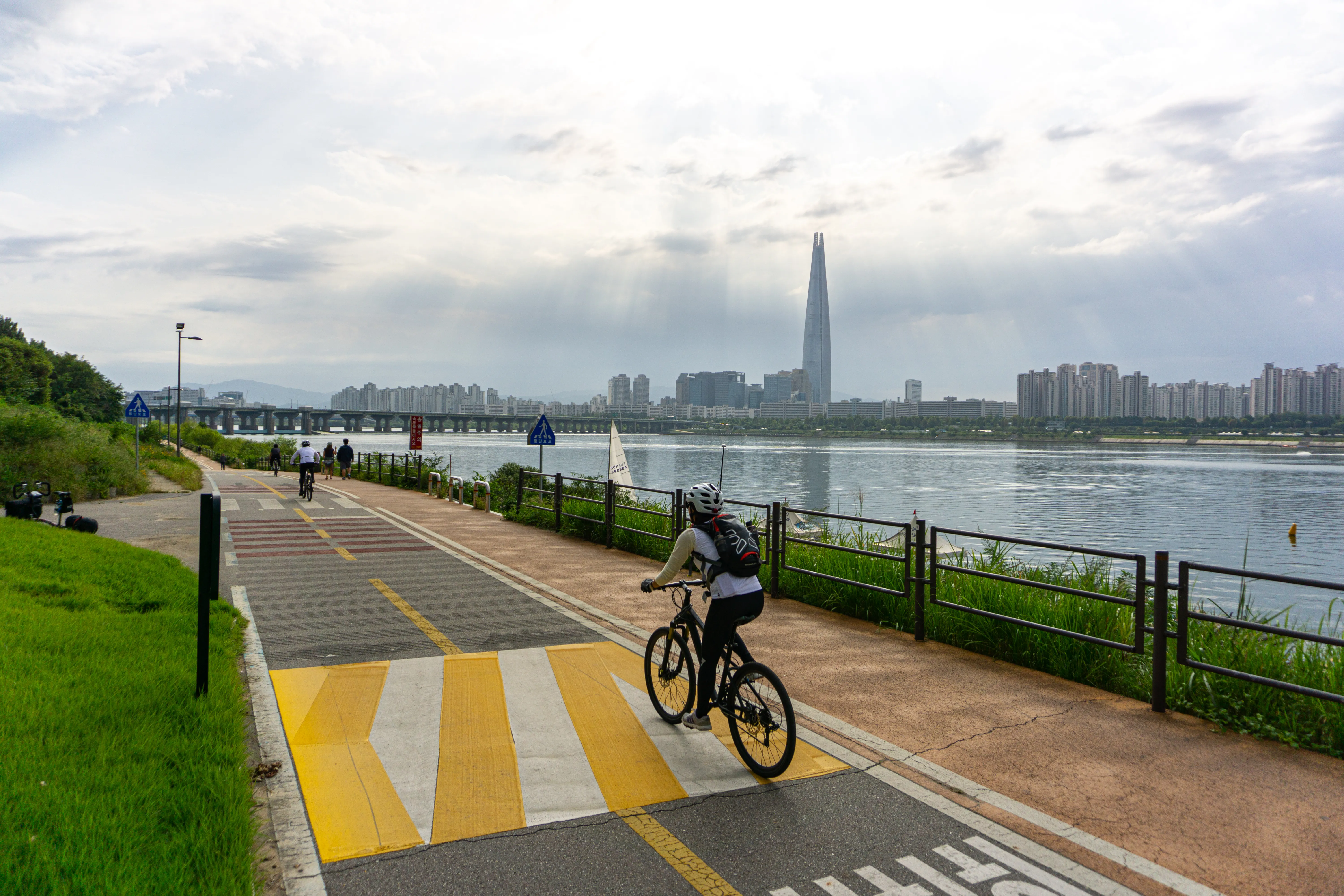
The Seoul city government in South Korea is to open a bicycle-only road along its central Cheonggye Stream in April 2021.
A report by Yonhap News Agency says the 6km road will connect the Cheonggye Plaza in the central ward of Jongno and the Gosanja bridge in the eastern ward of Dongdaemun.
The project is part of the government's plans to expand the city's bicycle road network from 940km to 1,200km by 2030.
Additionally, the government also wants plans to develop 23.3km of bicycle highways called cycle rapid transit (CRT) that are separated from roads used by cars.
The Cheonggye Stream bicycle road will connect to bicycle highways that will be constructed to form a city-wide CRT. It will include the Jungnang Stream in the east and Sejong Boulevard and Hangang Boulevard, which reaches the Han River.
City officials expect the CRT to provide cyclists better access to Seoul Forest and Olympic Park in south-eastern Seoul.
Construction along the Cheonggye Stream will mostly take place at night to reduce congestion.
The move comes at a time when cycling is becoming more popular while also helping people maintain social distancing.
In March, New York City's Department of Transportation confirmed a 50% increase in cycling on all East River bridges compared to last year - while Colombia's capital Bogotá added 117km to the city's cycle path to disperse crowds away from public transport.









